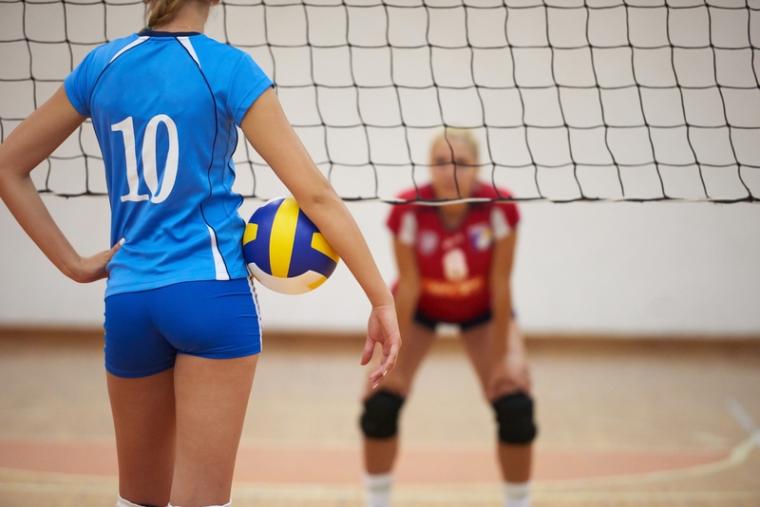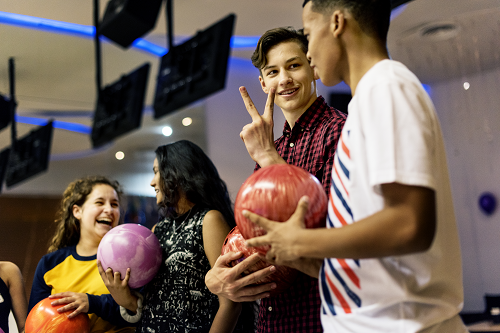

Are high school students an overlooked market when it comes to promoting sports events? According to a new national survey of almost 6,000 students from public, private and charter high schools, kids are looking for more sports and physical activity options. So, what can you offer them?
The Aspen Institute and Resonant Education released the 2020-2021 “National Student Survey Analysis” in late November, a 44-page document that offerscritical insights about high school students’ needs, interests and attitudes related to sports and physical activity. As the report’s authors state: “There are several notable results that could inform key decisions.”
According to the survey, archery (which only 1% of students have ever tried, by the way) is the sport students most wish their school offered — especially among White, Hispanic and Asian students. Lacrosse and bowling ranked high on the wish list, too. The most requested sport for Black students was gymnastics.
When asked what additional physical activities outside of interscholastic teams students would like to participate in, strength training (35%) was the No. 1 choice, followed by biking (24%), skateboarding (21%), yoga (21%) and climbing (20%). Males showed a higher interest in strength training and parkour, and females favored yoga and dance.
Here are three other highlights of the survey:
• Motivations to play. The most common motivations students say they have for playing high school sports are to have fun (81%), to exercise (79%), to learn and improve skills (66%), to play with and make new friends (64%), and to compete (59%). Even with multiple answers allowed, winning games (53%) and pursuing college scholarships (39%) ranked lower. Black students were more likely than other races and ethnicities to cite scholarships as a motivation for playing. Males showed higher rates for winning games and competing than females. Females were more likely to report mental health and well-being as reasons they play sports, as well as belonging to a group and improving college applications.
• Schoolwork impacts sports participation. The most common reason students choose not to play sports is because of schoolwork (42%). Females listed schoolwork as a barrier more than males, and Asian students said the same more than any other race or ethnicity. Other reasons cited by all students: not enjoying sports (32%), not having access to sports that are of interest to them (26%), and not trying out because they didn’t think they were good enough to make the team (25%).
• Opinions of coaches decline as students advance in age. As students get older, they are less likely to agree with statements such as “Coaches at my school value every member of the team” and “Coaches at my school have positive relationships with all of their players.” This shift may reflect differentiated treatment in upper grades for more talented members of the team as students reach higher levels of competition, according to the Aspen Institute.
The Aspen Institute also divided responses based on where students went to school and provides summaries of their findings about students at urban public schools, suburban public schools, rural public schools, private schools and charter schools here.
The survey was available for students from mid-September 2020 to March 1, 2021, and responses were collected during the height of the coronavirus pandemic. Several questions pertained to sports and the pandemic, and the report addresses those, too.
“Concerns about the virus differed strongly by urbanicity, race/ethnicity and gender,” according to the report’s authors. “There was a strong difference between rural and other schools, with rural students having the highest percentage of being “not concerned” about COVID-19 (43.4% versus 34.4% overall) and urban students having the highest percentage for “very concerned” (31.0% versus 22.4% overall). Males (42.7%) were much more likely to report feeling “not concerned” (and subsequently less likely to report being “very concerned”) than females (29.4%). These differences also showed up for race/ethnicity, with Black (36.9%) and Asian (37.2%) students much more likely than White students (15.4%) to report being very concerned.”
The survey is part of the Aspen Institute’s Project Play program and the Reimaging School Sports initiative, which strives to make quality sports and physical activities accessible to all students. The National Student Survey findings will help guide Project Play’s recommendations on how to improve the high school sports model when a final report is released in March 2022.
Until then, this much is clear: “The supply of sport options provided by high schools is not meeting the demand for them,” Project Play leaders conclude. “The menu needs to be updated to include more casual and fitness-focused activities.”

